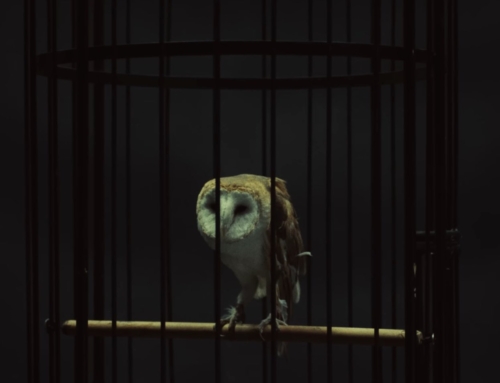 In the second half of the 1980s, Morrissey, still with The Smiths, sang, “Burn down the disco, hang the blessed DJ.” Now, according to a trend piece in the New York Times, disco revival groups – but not nu-disco – want to resurrect it.
In the second half of the 1980s, Morrissey, still with The Smiths, sang, “Burn down the disco, hang the blessed DJ.” Now, according to a trend piece in the New York Times, disco revival groups – but not nu-disco – want to resurrect it.
But acts like Crystal Ark Party Machine, Escort, and Midnight Magic aren’t the two-piece synthpop acts that picked up where disco left off and took it in a darker direction, one that eventually led to and influenced house and techno DJs. Rather, an analog sound along with a larger ensemble – think nine through nearly 20 musicians – characterize these groups, mostly currently playing in the New York City area.
But, music, like fashion, can be cyclical, and these disco revival groups haven’t spontaneously come together. Instead, much like synthpop, house, and techno derived from disco, modern electronic acts – such as Hercules and Love Affair and LCD Soundsystem – are the precursor.
But, if the disco revival is truly a movement, and not just another tongue-in-cheek, hipster fad, which other past or languishing electronic subgenres deserve to be revisited?
 Synthpop
Synthpop
These days, older synthpop acts, like New Order, are back on the road, or are spending time in the studio, à la Depeche Mode and the Pet Shop Boys. Juxtaposed with this are one-hit wonder newcomers, like La Roux, Frankmusic, and Owl City.
If disco revival acts strive to emulate the warmth of the analog sound, modern synthpop acts ignore the experimental nature of the genre – which, essentially, emerged through musical experimentation, persevered through labels like “dull” and “talentless,” and set up what’s known as modern EDM. Rather than stay safe and ride of coattails of electronic’s resurgence in the U.S., hypothetical synthpop revival acts must take newer technology and run with it.
Techno
What, techno’s not dead, you say? Of course not. Few electronic genres truly die, as some underground producers are generally propagating the genre, or its form and sensibilities have fused with another. But, in considering synthpop, how many artists can you name on record label A Different Drum? Techno’s fallen into a similar pattern: a consistent undercurrent pushed forward by independent performers, like Lance Blaise, or revisited and rehashed by “old timers,” like Danny Tenaglia, Richie Hawtin, or Kevin Saunderson regrouping Inner City. It’s a subgenre perceived to be too cold, too mechanical, or too minimal.
Rather than an influence, à la tech house or tech trance, or a precursor genre, it’s time techno, in its purest form, went through a metamorphosis.
Bass Music
Much like Hawtin set out, with his recent CNTRL tour, to teach the masses about other forms of electronic music, rather than electro and progressive house chart toppers, perhaps Photek, or another drum and bass performer, needs to do a similar display for bass music – it’s not all dubstep, especially the harsh, repetitive, nearly unlistenable variety pushed by Skrillex.
Between the 1990s and mid-‘00s, bass music, particularly in the U.K., flourished under drum and bass, jungle, garage, breakbeat, and a bunch of other names. Although outside influences, from samples to jazz, divided each, all were characterized by low-range frequencies.
Post-dubstep is a movement forward away from the mess dubstep has turned into, and future garage and nu-jungle are taking form. Perhaps between the heavy thudding beats of dubstep and the light minimalism of its offshoot another bass genre will form.
Eurodance
In a sense, Eurodance is the bane of electronic music’s existence: extremely repetitive, unoriginal production, a vocal focus, and nearly a decade’s worth of interchangeable hits. Although Cascada’s popularity gave the subgenre a push in 2007, trance absorbed its sounds around the turn of the 21st century, and the electronic-heavy, dance floor hits of the 1990s never regained its prominence.
Perhaps the timely cheese of 2 Unlimited and La Bouche can be forgotten, but modern house music – particularly the David Guetta variety – has replaced it. But, Eurodance had something Guetta’s piffles don’t: an equal confluence of elements. As awful as many of these one-hit wonder acts were, each four-minute track never put the production too low in the mix. Interplay between house-influenced synths and techno-tinged rhythms formed the backbone of most tracks. No matter how bad the song was, there was no mistaking it for a generic pop song. With Guetta, as well as Benny Benassi and Calvin Harris, tracks stand on the line or clearly cross over.
In concept, Eurodance has the perfect marketability formula, one staying true to the genre’s roots while delivering easily-listenable vocals to the masses. So, why haven’t any acts stepped up to trounce Cascada?



